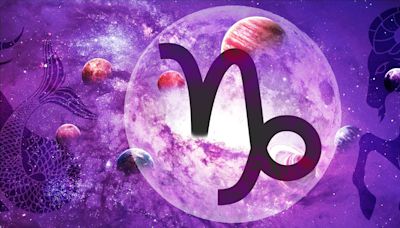Yahoo Web Search
Moonpig is an internet-based business whose head offices are situated in London and Guernsey. The company's business model is mainly selling personalised greeting cards, flowers and gifts. Wikipedia
- London
- Nick Jenkins
- 2000
MOON (NYSEArca) $9.53 -0.19 (-1.90%)
Tue, Jun 18, 2024, 3:46PM EDT




